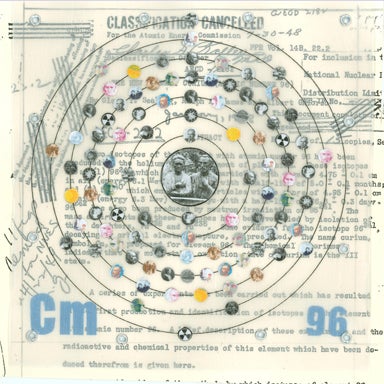First Year Lab, University of Waterloo, Waterloo, Ontario, Canada

Sue Stathopulos, First Year Chemistry, University of Waterloo, Waterloo, Ontario, Canada
Atomic properties*
Name:
Curium
Symbol:
Cm
Atomic
number:
96
Atomic
mass:
(247)
amu
Melting
point:
1345ºC
Boiling
point:
No
data
Density:
13.51
g/cm³
Electronegativity:
No
data
#
of
Isotopes:
6
State:
Solid
Colour:
Silver**
Classification:
Metallic**
* Haynes, W. M. (2011). CRC Handbook of Chemistry and Physics, 91st edition: http://www.hbcponline.com/ Retrieved April 7, 2011
** Winter, M. (2010). Home of the Periodic Table. Retrieved April 8, 2011, from Web Elements: http://www.webelements.com/